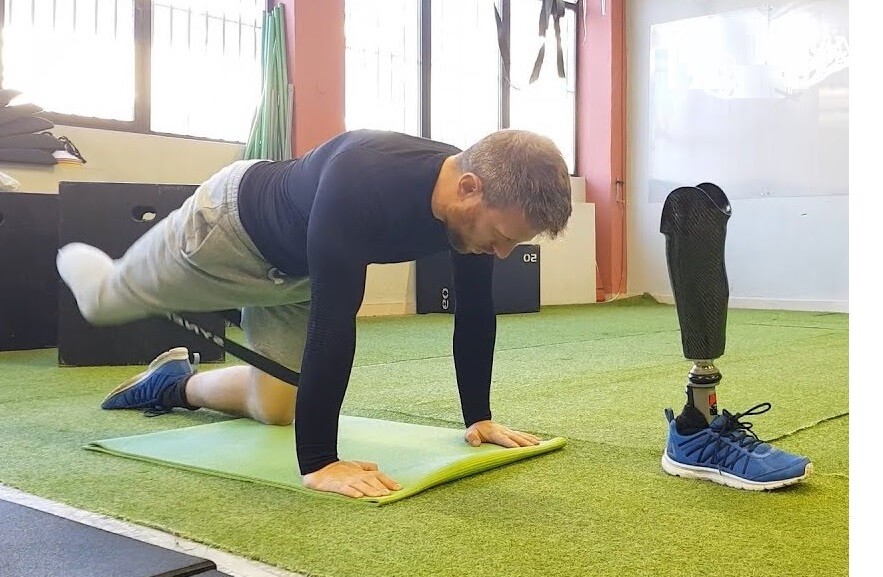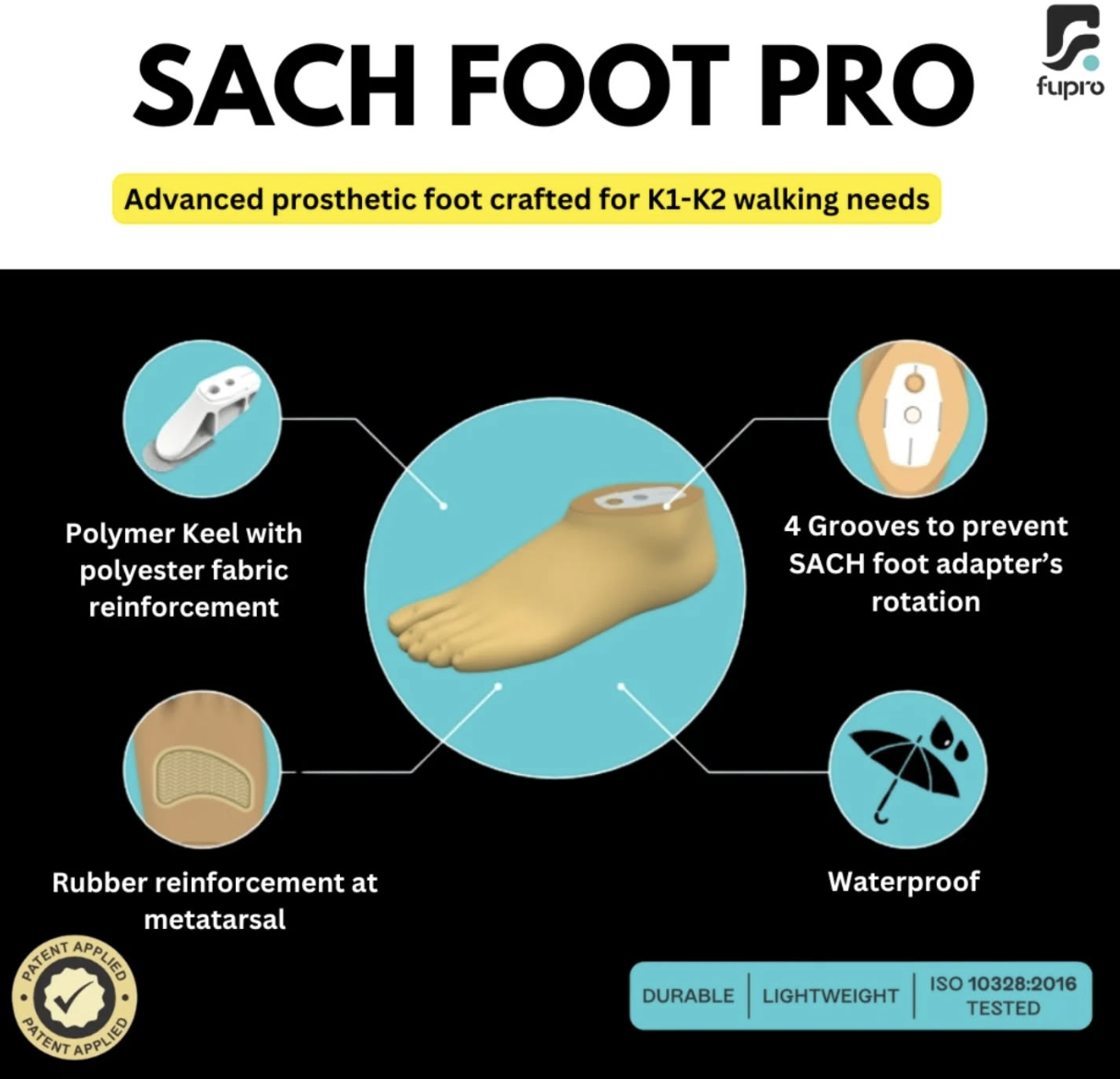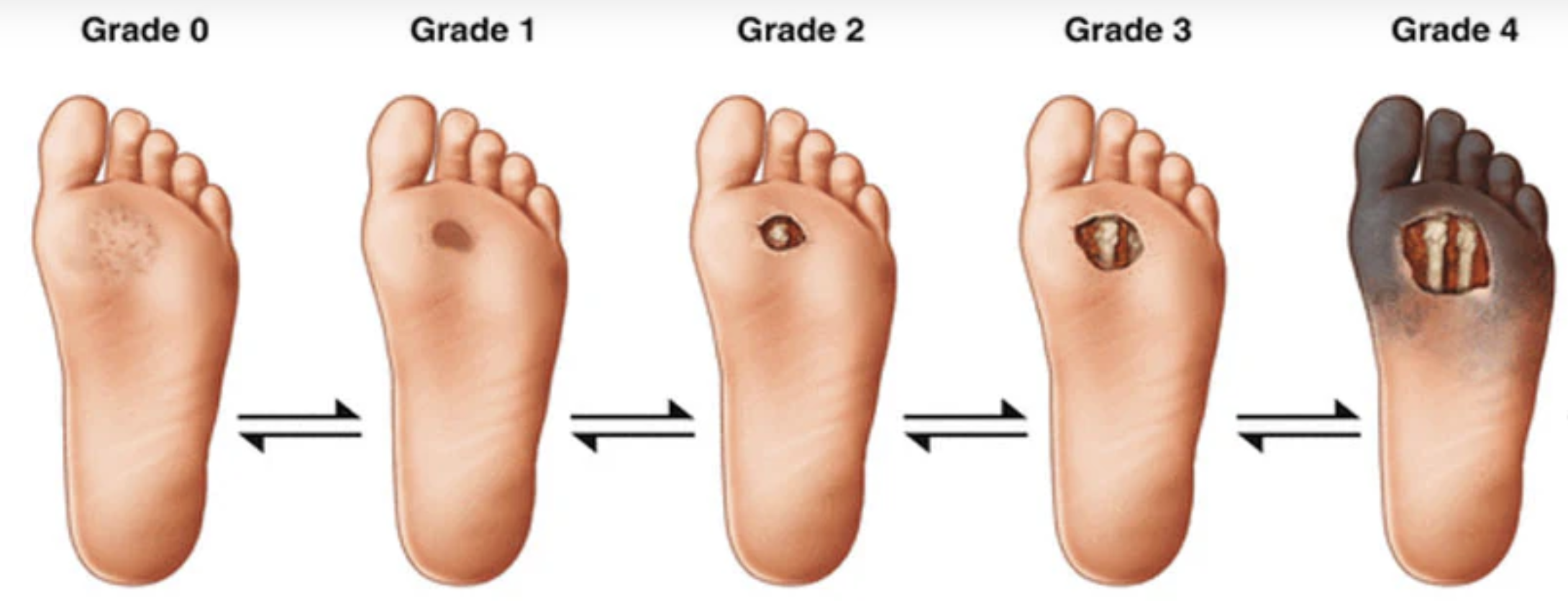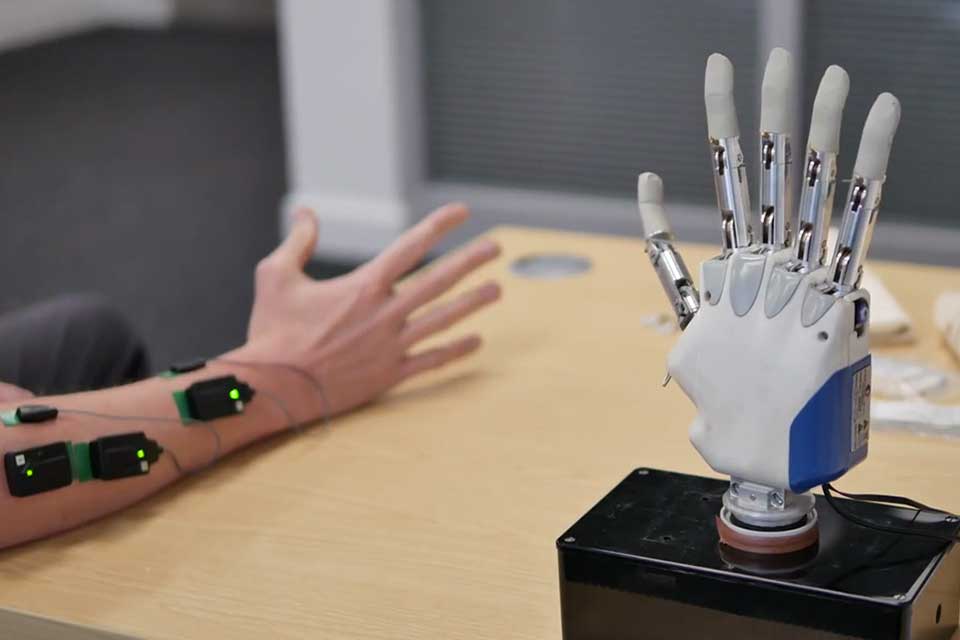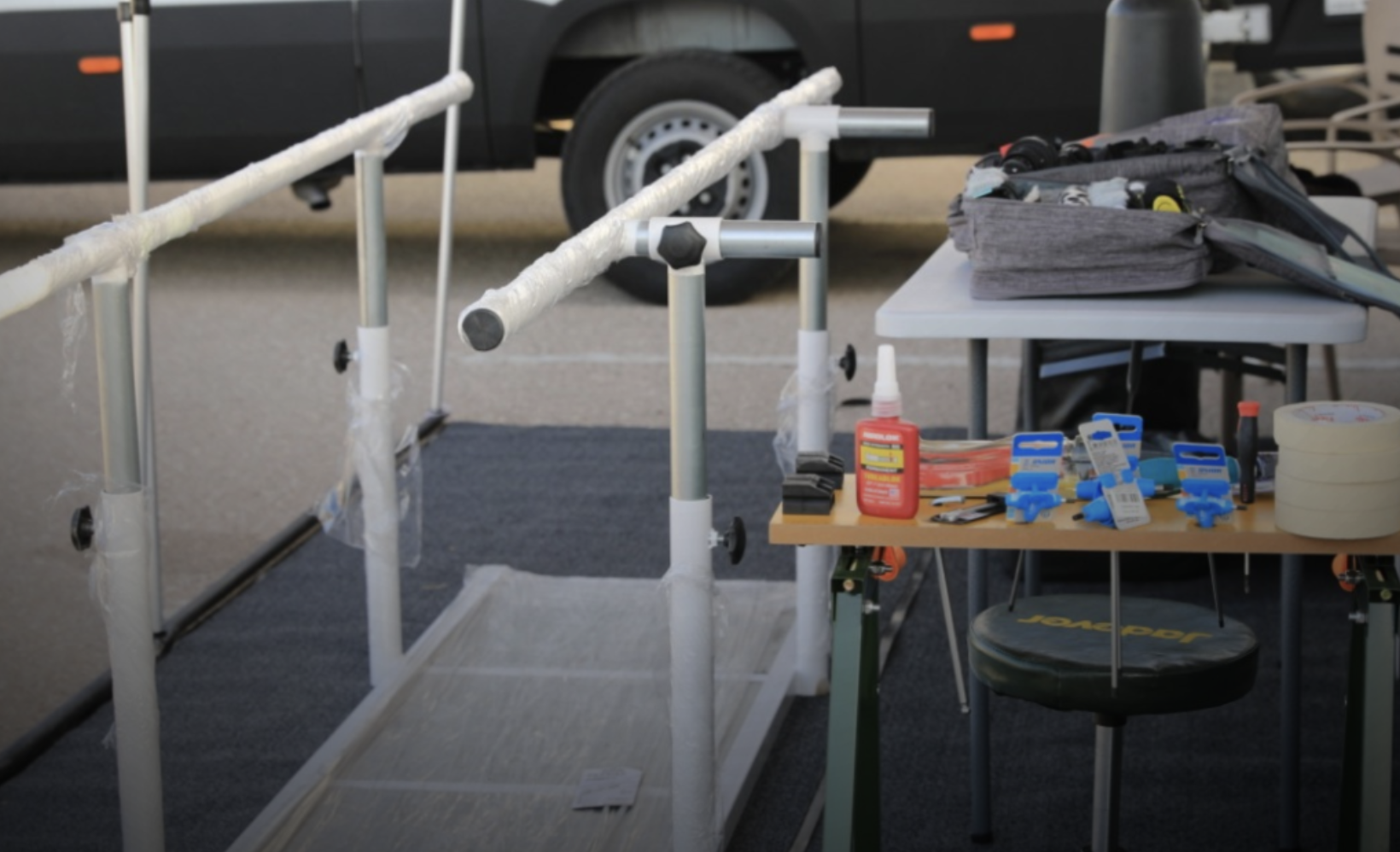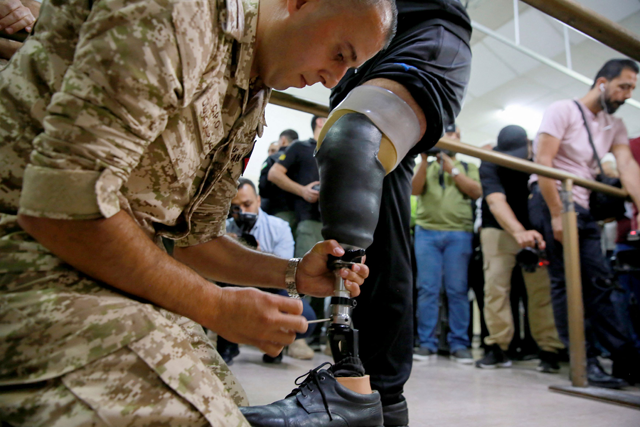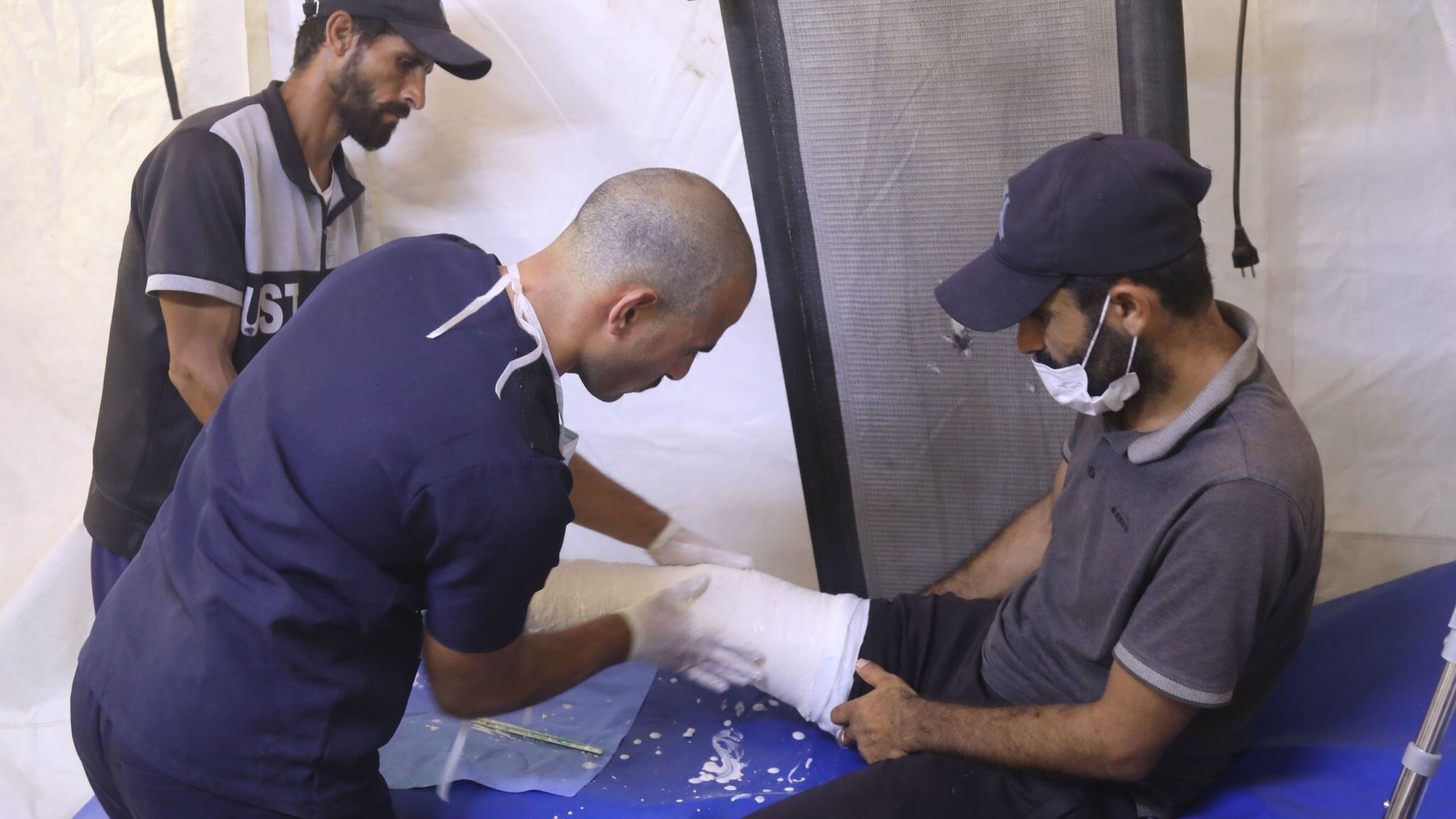A new study sheds light on the less-discussed topic of exercise rates in the amputee population. The research, presented by Mark Sedenberg, DO, at the 28th Annual Meeting of the American Medical Society for Sports Medicine, shows that amputees and their physicians need to prioritize regular exercise.
The research looked into the lifestyles of 200 adults with an amputation. It found that less than one-third of the patients meet the recommended weekly exercise amount of 150 minutes or approximately 21 minutes per day.
The research also identified factors that contribute to less physical activity, which include: lack of a functioning prosthesis, the burden of chronic medical disease, and increased body mass index (BMI). Furthermore, the study identified that women are more likely to be less physically active than their male counterparts.
Considering the significant impact of exercise in preventing and treating most medical conditions, Dr. Sedenberg emphasized the need for physicians to encourage their patients to exercise. He also said that one way to increase exercise rates among amputees is to have information about adaptive sports and other exercise opportunities ready.
Another way for amputees to maintain the recommended activity levels is to set realistic goals with their healthcare providers. The simple act of setting goals has significantly improved fitness and well-being among adults with amputation, Dr. Sedenberg said.
What do you think of the study? Let us know your thoughts in the comments section below.
